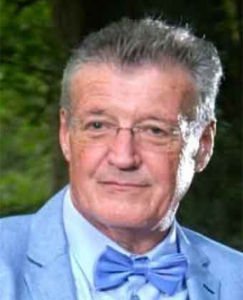
About Eric H. Nylander, MS, NRP
Eric H. Nylander, MS, NRP, is an instructor who retired from the San Francisco Fire Department as a firefighter/paramedic captain. He has more than 30 years of practical emergency medical experience in-hospital (ED) and pre-hospital (EMS). Nylander also has more than 25 years of experience in adult education with medical professionals and the public. He has taught in 20 countries and hold a masters degree in educational psychology and organizational development. He also serves as training center faculty with the American Heart Association, Operation Smile ITC, Virginia Beach, Va. Since 1997, Nylander has been the owner and director of EMSE, an educational enterprise dedicated to professional and public medical and safety education and training. Recently, he has been contracting and volunteering in the USA, Europe and North Africa to establish and develop training sites for NAEMT and AHA courses. He also holds a Tactical Medical Certification. He lives in Uppsala Sweden where he teaches advanced and basic ERC and AHA courses. He also devotes a large part of his time and energy toward the development of medical training courses for first responders for Swedish Coast Water Rescue Services, SSRS and routinely volunteers for rescue patrol tours.
